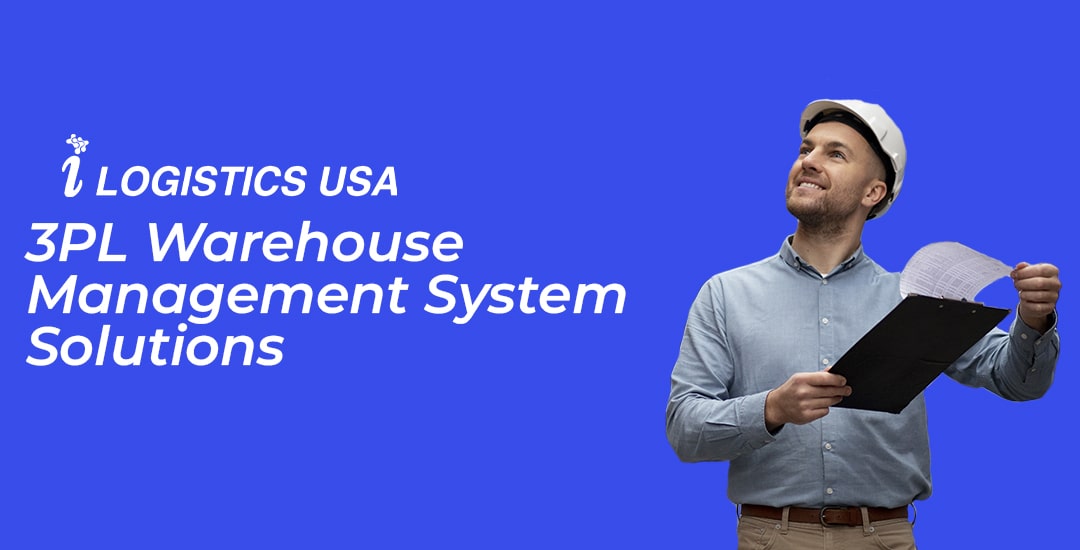3PL Warehouse Management System
A 3pl Warehouse Management System (WMS) is specialized software designed to optimize and manage the day-to-day operations of a warehouse or distribution center. Here are some key aspects related to WMS systems:
Inventory Management:
WMS facilitates precise inventory control, enabling real-time tracking of product location, quantity, and status in the warehouse. It automates inventory updates, minimizing errors, and improving accuracy.
Space Optimization:
WMS helps optimize storage space by efficiently allocating products to specific locations.
Order Processing:
It automates and streamlines the order picking process, enhancing efficiency and reducing shipping times.
Product Tracking:
WMS allows tracking product location throughout the entire warehouse, from receipt to shipment.
Integration with Additional Technologies:
It can integrate with technologies such as barcode scanners, RFID (radio-frequency identification), and warehouse automation systems.
Enhanced Visibility:
Provides complete visibility into warehouse operations, facilitating informed decision-making.
Reports and Analysis:
Offers reporting and analysis tools to assess warehouse performance and operational efficiency.
Order Fulfillment:
Aids in ensuring accurate order fulfillment, reducing errors in the process.
Scalability:
WMS systems are often scalable, adapting to the changing needs of a growing business.
Implementing a WMS system can significantly enhance operational efficiency, reduce costs, and provide complete visibility into the logistics operations of a warehouse or distribution center. The choice of the right system depends on specific needs and the scale of the operation.
Understanding 3PL Warehouse Management System
The integration between a 3pl Warehouse Management System (WMS), an e-commerce platform, and a fulfillment service is crucial for achieving a seamless and efficient order management operation. Here’s an explanation of how this integration typically works:
Ecommerce warehouse management system
The WMS integrates with the ecommerce platform (such as Shopify, Magento, WooCommerce, etc.) to obtain real-time information about orders, inventory, and product updates.
The data synchronization between the WMS and sales channels is continuous. Any change in inventory, whether due to a sale, return, or restocking, is automatically reflected across all connected digital channels
Automatic Order Reception:
When a sale is made on the e-commerce platform, the WMS automatically receives the order information. This includes customer details, purchased products, and shipping address.
Real-time Inventory Management:
The integration allows the WMS to maintain real-time control of inventory. Each sale made on the e-commerce platform is automatically reflected in the warehouse management system, updating product availability.
Order Allocation:
The Ecommerce Warehouse Management System automatically allocates the necessary products to fulfill each order. It can optimize warehouse location to reduce picking times.
Notification to Fulfillment Service:
If an external fulfillment service is used, the WMS can automatically notify the fulfillment provider about orders that need to be prepared and shipped.
Order Tracking:
The integration enables tracking of each order from the moment it is placed until final delivery. Customers and the customer service team can easily access up-to-date information about the order status.
Shipping Information:
The Ecommerce Warehouse Management System integrates with shipping services and label generation for streamlined shipping logistics. Shipping information is updated on the e-commerce platform, and tracking numbers are provided to customers.
Automatic Updates:
Any changes in inventory, order status, or shipping information are automatically reflected in both the e-commerce platform and the fulfillment system. This ensures consistency throughout the supply chain.
The effective integration of these platforms ensures efficient execution of the supply chain, reduces manual errors, and enhances the customer experience by providing real-time information. It is crucial to select compatible systems and engage IT professionals to configure the integration correctly.
Implementing a 3pl Warehouse Management System can significantly enhance operational efficiency, reduce costs, and provide complete visibility into the logistics operations of a warehouse or distribution center. The choice of the right system depends on specific needs and the scale of the operation.







